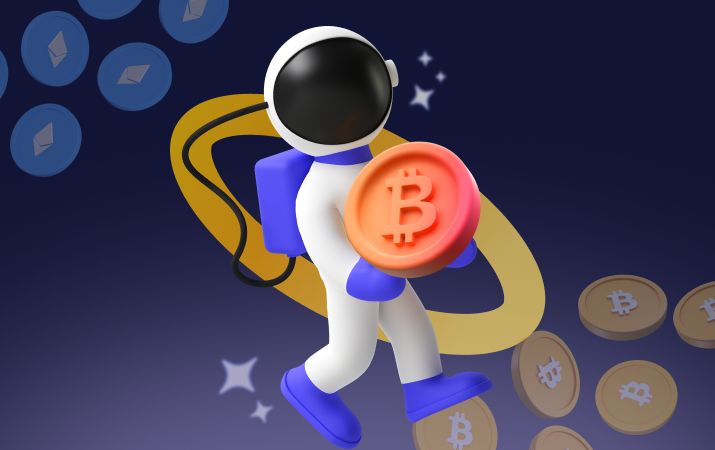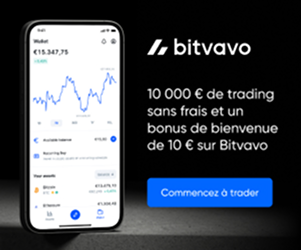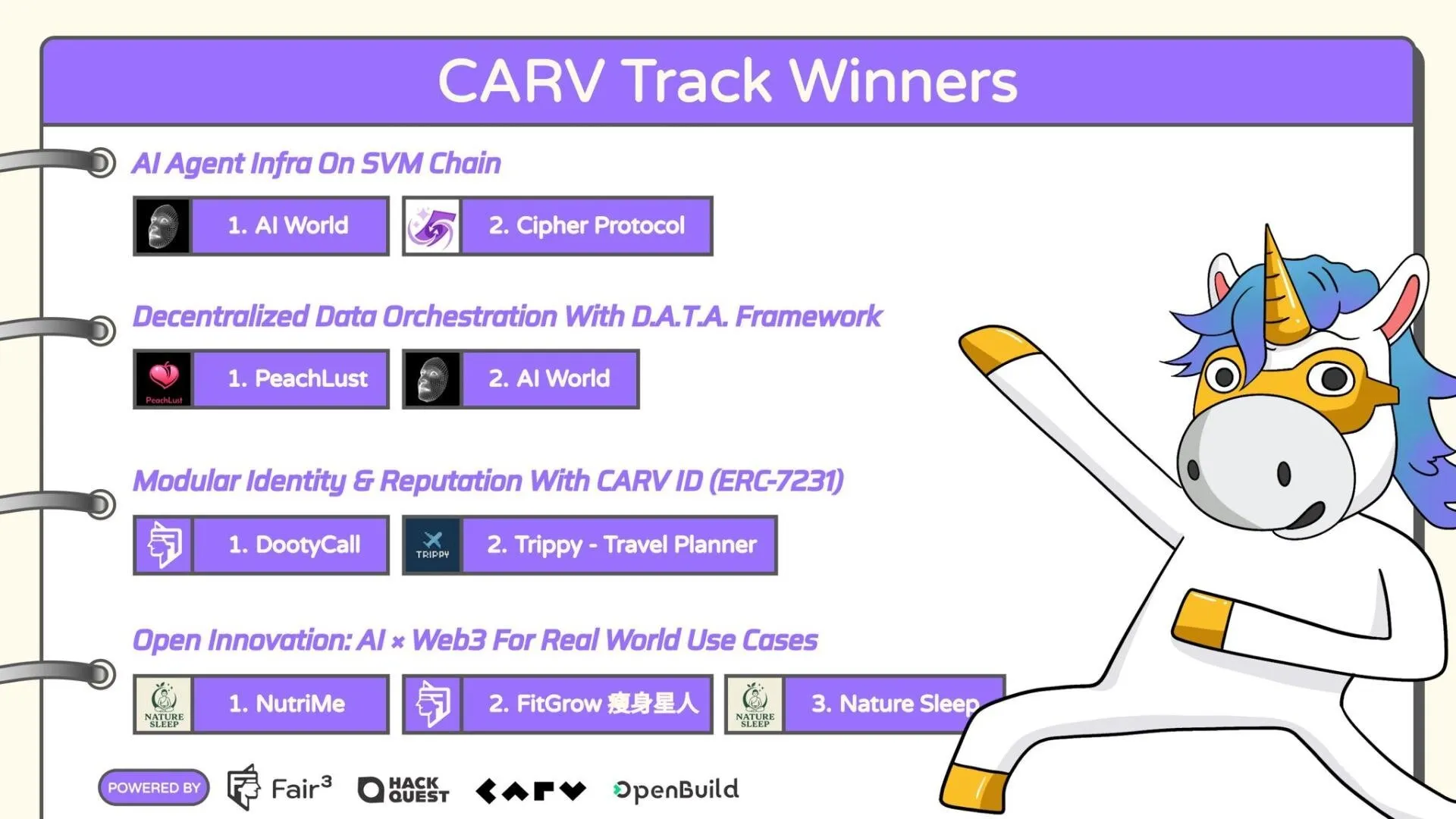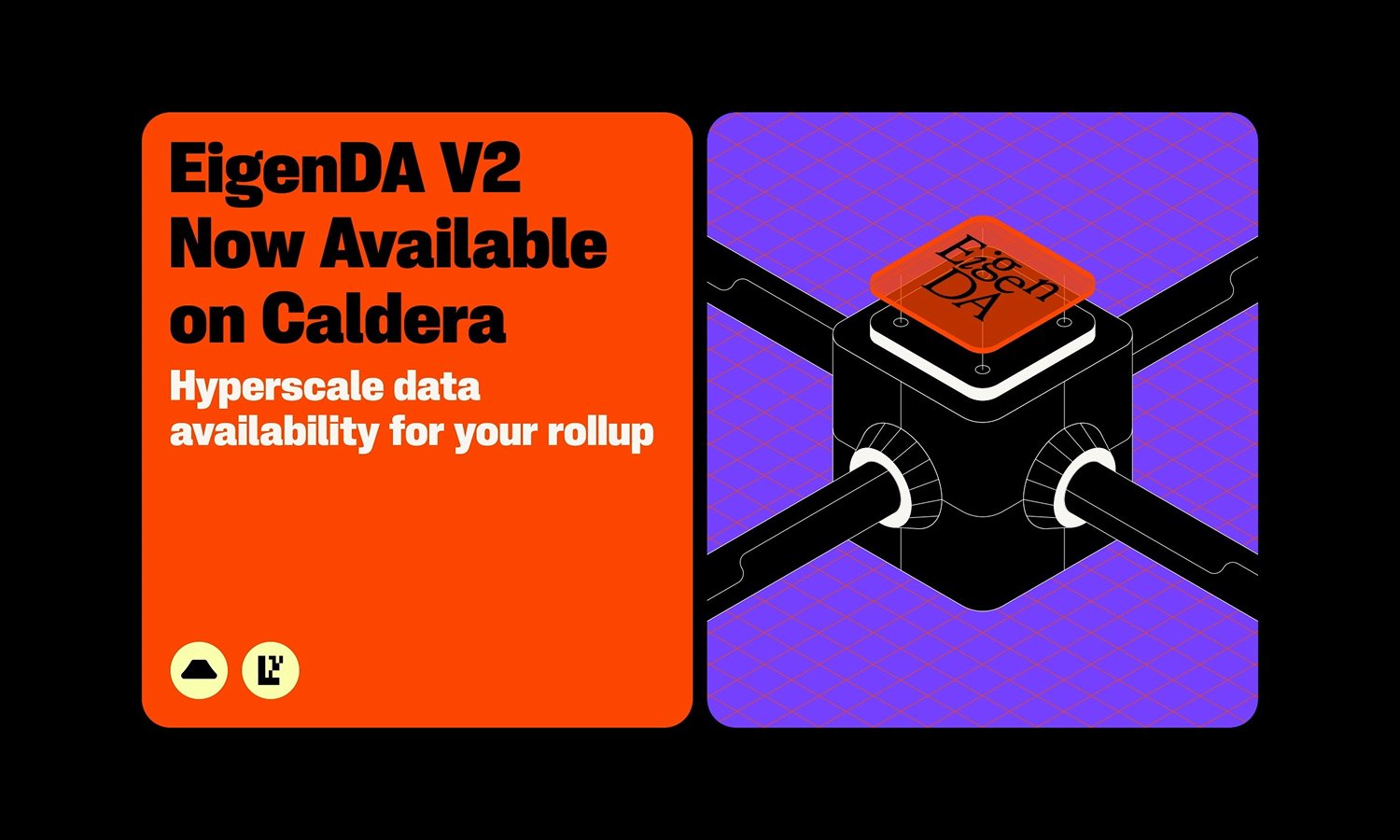In the dynamic world of cryptocurrencies, XRP stands out as an innovative solution designed to revolutionize international payments. Created by Ripple Labs, this digital currency aims to offer a fast, cost-effective and eco-responsible alternative to traditional methods of transferring money across borders. This article takes you to the heart of XRP, exploring its origin, its unique functioning, its major advantages and its future prospects in the global financial industry.
What is XRP?
XRP is a cryptocurrency designed to offer fast, secure and low-cost transactions. Unlike other digital currencies, XRP was created specifically to facilitate international payments and act as a bridge between different currencies, including fiat currencies and other cryptocurrencies. Created in 2012 by Ripple Labs, a technology company focused on the development of payment solutions, XRP stands out for its ability to settle transactions in seconds, making it an attractive option for financial institutions and individuals seeking an efficient and cost-effective method of transferring money on a global scale.
How was XRP created?
XRP Ledger, the technology behind XRP, was launched by developers David Schwartz, Jed McCaleb and Arthur Britto. They designed a decentralized payment system and digital asset, XRP, to improve international money transfers by making them instantaneous and virtually cost-free. Ripple Labs, co-founded by Chris Larsen, then adopted XRP and the XRP Ledger to develop payment solutions that use blockchain technology to transform the financial services sector. Ripple has placed a significant portion of XRP in a pledge account to ensure predictable and responsible distribution of the currency over time.
How does the XRP Ledger work?
XRP Ledger uses a unique consensus protocol that differs from the proof-of-work (PoW) or proof-of-stake (PoS) mechanisms employed by other cryptocurrencies. This protocol enables transactions to be validated securely and efficiently without the need for mining, considerably reducing energy consumption and associated costs. Transactions on the XRP Ledger are validated by validators, servers that compare their transaction records to reach a consensus on the state of the network every 3 to 5 seconds. This speed of validation makes XRP one of the fastest cryptocurrencies available, capable of handling thousands of transactions per second with minimal transaction costs, making the network suitable for a wide range of financial and commercial applications.
Why choose XRP? Key benefits
XRP offers several advantages that set it apart in the cryptocurrency ecosystem:
- Speed: XRP transactions are incredibly fast, settling on average between 3 and 5 seconds. This speed far surpasses that of Bitcoin or Ethereum, making XRP ideal for real-time payments and money transfers.
- Low cost: With an average transaction fee of $0.0002, XRP enables international money transfers at a fraction of the cost of traditional methods.
- Scalability: XRP Ledger can process up to 1,500 transactions per second, compared with 7 for Bitcoin and 15-45 for Ethereum, making it capable of supporting large-scale use.
- Energy efficiency: Unlike cryptocurrencies using proof-of-work, XRP's consensus mechanism requires little energy, aligning XRP with environmental sustainability goals.
Where can I use XRP?
XRP is used in a number of areas, including :
- International payments: Financial institutions use XRP for fast, low-cost cross-border money transfers.
- Cryptocurrency exchanges: XRP is widely available on exchange platforms and can be used for trading or as a trading pair against other cryptocurrencies.
- On-demand liquidity solutions: XRP acts as a bridge between different currencies, giving banks and payment providers instant access to the liquidity they need without pre-funding.
- Micropayments: XRP's low cost and speed make it ideal for micropayments, opening up possibilities in digital media, online content and IoT applications.
Who does Ripple work with?
Ripple has established partnerships with a wide range of financial institutions and other companies around the world to facilitate the use of XRP in international payments and other financial applications. These partners include:
- Banks and financial institutions: Several global banks have integrated Ripple technology for cross-border payments, taking advantage of XRP's speed and efficiency.
- Payment service providers: Companies specializing in money transfers use XRP to offer their customers fast, low-cost international transactions.
- Cryptocurrency exchange platforms: XRP is supported by the majority of exchange platforms, enabling users to buy, sell and trade XRP with ease.
- Sustainability initiatives: Ripple is also involved in projects aimed at using XRP for sustainable and inclusive financial solutions, contributing to the global effort to reduce the carbon footprint of financial activities.
These partnerships underline not only XRP's viability as a global payment solution, but also Ripple's commitment to promoting the wider adoption of blockchain technology in the financial sector.
Is XRP legal? Regulatory challenges
XRP faces significant regulatory challenges, including an ongoing legal battle with the U.S. Securities and Exchange Commission (SEC). The SEC has accused Ripple Labs, the company behind XRP, of selling unregistered securities. This legal situation raises questions about XRP's classification as a financial security or currency. Despite this, XRP remains widely used and traded, reflecting the complexity of the regulatory frameworks surrounding cryptocurrencies. XRP investors and users are watching this case closely, as its outcome could have profound implications for the cryptocurrency industry as a whole.
Can XRP be green?
XRP's energy efficiency is a major aspect that sets it apart from other cryptocurrencies, particularly those using proof-of-work (PoW) like Bitcoin. XRP Ledger's consensus protocol enables fast transactions with minimal energy consumption. Ripple is committed to making the XRP Ledger even more sustainable, and has taken initiatives to reduce its carbon footprint. This commitment to sustainability appeals to environmentally conscious investors, positioning XRP as an attractive option for those looking to minimize the ecological impact of their cryptocurrency investments.
How is XRP revolutionizing cross-border payments?
XRP is transforming cross-border payments by offering a fast, reliable and cost-effective solution. Unlike traditional banking systems, which can take several days to process international transactions with high fees, XRP enables near-instantaneous transfers across the globe at minimal cost. This efficiency is particularly beneficial for businesses and individuals who need to transfer funds quickly and without prohibitive fees. The use of XRP in Ripple's on-demand liquidity solutions, such as On-Demand Liquidity (ODL), shows how blockchain technology can improve the efficiency of international payments, making financial transactions more accessible and cheaper for everyone.
Market analysis and future prospects
The cryptocurrency market is volatile, and XRP is no exception. Its value has fluctuated significantly, influenced by factors such as regulatory developments, adoption by financial institutions and general interest in cryptocurrencies. XRP's future prospects depend to a large extent on the outcome of the regulatory challenges it faces, in particular the lawsuit with the SEC. If Ripple manages to overcome these legal hurdles, institutional interest could lead to increased adoption of XRP, potentially boosting its value. Investors need to stay informed of legal and market developments to make informed decisions about XRP.
XRP and Ethereum: what are the links?
Although XRP is primarily known for its cross-border payments, Ripple is exploring new uses through integration with Ethereum smart contracts. Ripple is testing a sidechain of the XRP Ledger compatible with the Ethereum Virtual Machine (EVM), enabling the deployment of Ethereum smart contracts on the XRP network. This development could extend XRP's use cases beyond payments, into areas such as decentralized finance (DeFi) and decentralized applications (dApps), creating new opportunities for XRP developers and users.
What is RippleNet and how does XRP fit in?
RippleNet is a global payment network using blockchain technology to facilitate fast, low-cost money transfers between financial institutions. XRP plays a central role in RippleNet by acting as an on-demand liquidity asset, enabling banks and payment service providers to transfer funds in different currencies in seconds. This use of XRP within RippleNet illustrates how cryptocurrency can act as a bridge between different currencies, improving the efficiency and reducing the costs of international payments.
Who decides on changes to XRP?
The XRP Ledger operates on a decentralized basis, which means that decisions about changes or updates to the network are taken collectively by its community. This includes:
- Validators: They play a crucial role in maintaining the network and validating transactions. For a change to be implemented, a majority of validators must approve the proposed modification.
- The XRP community: Comprising developers, investors and users, the community can suggest improvements and vote on proposals via various forums and discussion channels.
Ripple and XRP: what's the difference?
It is essential to distinguish Ripple from XRP :
- Ripple: A technology company developing RippleNet and other financial products using blockchain to facilitate international payments.
- XRP: The cryptocurrency used in some of Ripple's products, notably to provide liquidity in international money transfers.
Where to buy and store XRP?
For those interested in investing in XRP, here's how to buy and store it:
Exchange platforms
XRP is available on most major cryptocurrency exchange platforms. Here's how to proceed:
- Create an account on a platform that offers XRP.
- Check your identity if necessary.
- Deposit funds (fiat or cryptocurrency) into your account.
- Buy XRP using your funds.
Cryptocurrency wallets
To store XRP securely, use a digital wallet. There are several options:
- Software portfolios: applications or programs offering a good balance between accessibility and security.
- Hardware wallets: Physical devices that store private keys offline, offering maximum security.
Conclusion
In conclusion, XRP stands out as an innovative cryptocurrency within the blockchain ecosystem, offering unique solutions to the challenges of cross-border payments. Thanks to its speed, low energy consumption and minimal cost, XRP has the potential to transform international financial exchanges, making transactions more accessible and less expensive for institutions and individuals alike. Despite the regulatory uncertainties and legal challenges facing Ripple, the company behind XRP, the digital currency continues to attract growing interest.










